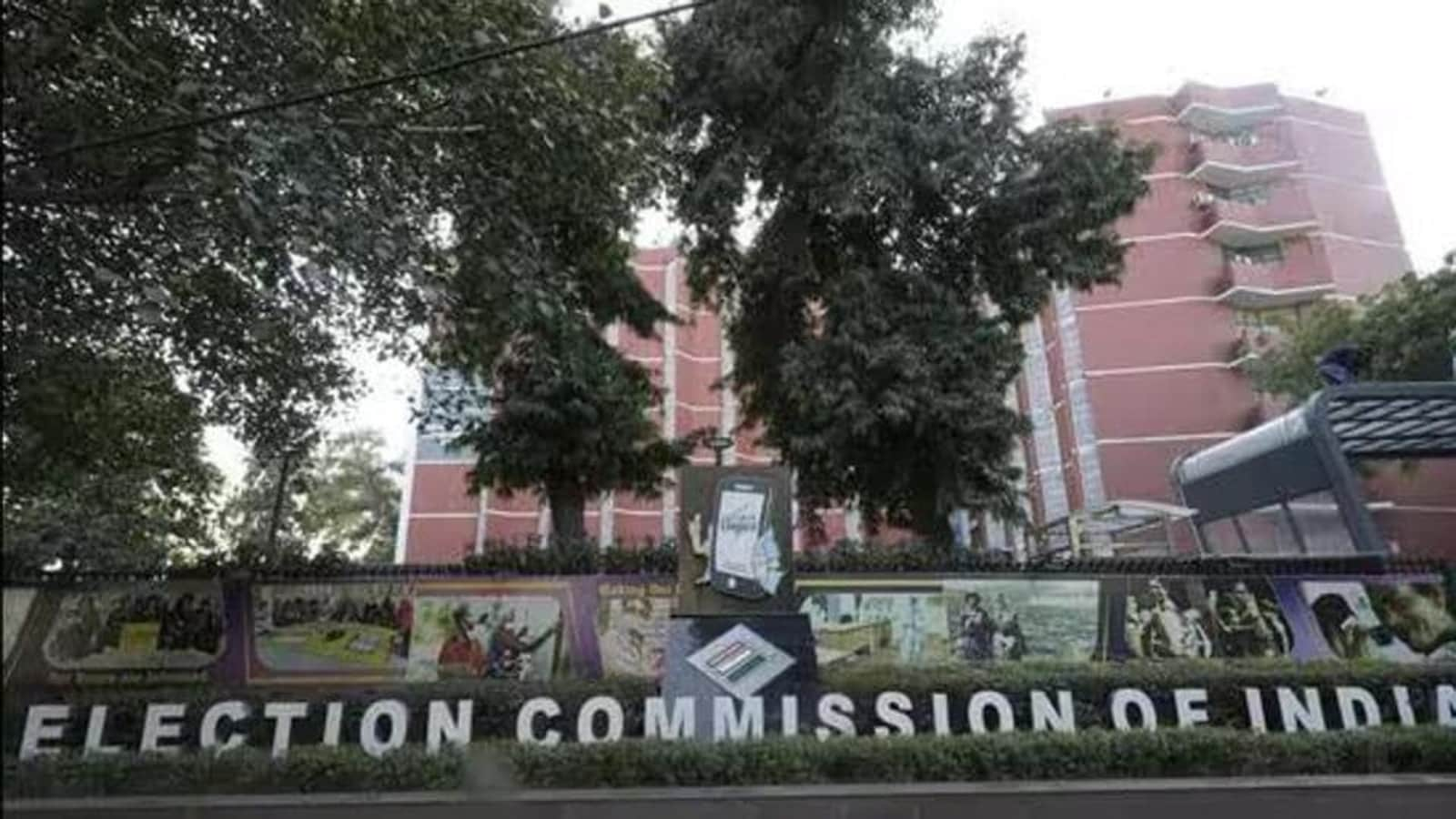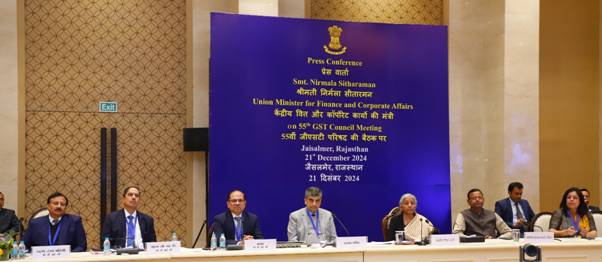The Election Commission of India has sent a letter to all national and state political parties, instructing them to take down any deepfakes within three hours of being notified. It has also instructed them to not use their social media handles to publish deepfake videos and audios, or to disseminate any misinformation or synthetically created or modified information that may appear to be true to the recipient. Parties have also been instructed to identify and warn the party person responsible for posting deepfakes.
This notice to all parties comes a week after a BJP delegation, led by current IT minister Ashwini Vaishnaw, approached the Election Commission to demand “urgent measures required to address the impact of deep fakes on the electoral process”. The poll body has not restrained political parties from using any technological or AI-based tools; it has only restrained them from using such tools that “distort information or spreads misinformation, which resultantly lowers the standards of electioneering”.
“The use of such manipulated, distorted, edited content on social media platforms has the potential to wrongfully sway voter opinions, deepen societal divisions, and erode trust in electioneering process by attacking laid out instrumentalities of the electoral steps in terms of means and material,” the EC said in its letter. It also said that “forwarding/re-sharing/re-posting/re-tweeting” on social media platforms makes the spread of misinformation “dangerously unrestrained”.
It is not clear what will constitute as being “notified” for a political party. Will the EC need to inform the party or can a normal citizen do so as well?
The EC has instructed political parties to not impersonate another person, including political parties or their representatives, on social media. It is not clear how satirical and parody accounts would be treated. [expert quote on whether satire is impersonation is very long so not adding it]
In the letter, the poll body listed provisions from extant laws that could be used. These include Section 66C (punishment for identity theft) and Section 66D (punishment for cheating by personation by using computer resource) of the Information Technology Act, Section 123(4) (corrupt practices related to publication of false statements by a candidate or an election agency) of the Representation of People Act, Section 171G (false statement in connection with an election), Section 465 (forgery), Section 469 (forgery for purpose of harming reputation) and Section 505 (statements conducing to public mischief) of the Indian Penal Code, and Paragraph (I)(2) (preventing political parties and candidates from criticising private life of workers and leaders of other parties) of the Model Code of Conduct.
In its letter, the EC has also instructed political parties to report “any unlawful information” and “and fake user accounts” to the concerned social media platform. If the unlawful information or the fake user account persists even after reporting to the platform, the EC has instructed parties to approach the Grievance Appellate Committee (GAC) under the Information Technology (Intermediary Guidelines and Digital Media Ethics Code) Rules, 2021. The three GACs created under the IT Rules are obligated to deal with grievances within a maximum of 15 days of receiving them.
It is not clear if the political parties have to first report the fake accounts or unlawful information to the platform’s grievance officer, as mandated by the IT Rules.
Under the Rules, the grievance officer has to resolve a grievance within 15 days of receipt, and the GAC cannot accept a grievance until it has first been addressed by the platform’s grievance officer. As a result, under the Rules, for the grievance to be addressed by both the grievance officer and the GAC, it can take up to 30 days.
It is also not clear what happens to the Voluntary Code of Ethics of 2019 under which the EC would instruct the platforms to take down content that violated the MCC within 3 hours of being notified.
It has also instructed them to not post or promote content that insults women, or “goes against the Commission’s advisories prohibiting the use of children in any political campaigning”. On April 29, the BJP had also filed a complaint with the EC against Congress’s Supriya Shrinate for using children in an election campaign video.
The poll body has also ordered parties to not show “violence, harm or harassment of animals” on social media.
To be sure, in its letter, the EC has not specifically mentioned that hate speech and content targeting one community must not be posted. At least one political party, Congress, has complained to the EC about official BJP handles posting hateful content against Muslims in violation of the MCC, RPA and the IPC, and has filed an FIR as well.
To be sure, ‘deepfakes’, ‘disinformation’, ‘misinformation’, ‘information which is patently false’ are terms that are not defined under any Indian law. Their definitions are amorphous leading to significant confusion about what can be covered as a ‘deepfake’ and what can’t be.
“Given the proliferation of deepfakes and difficulty in distinguishing between what is real and what is not, it was imperative for the ECI to ensure that such tactics were not used by official handles of political parties. However, the letter is not only a belated attempt to tackle this, it is also quite toothless and is merely an advisory. It also does not really make sense as to why this direction is being given to political parties as such when the IT Rules empower ANY person (not just the aggrieved) to report such content. The letter seems like a meek delegation of the ECI’s task itself to ensure that political parties do not engage in violations of the MCC,” Radhika Roy, Delhi-based technology policy lawyer, said.
In its April 29 representation to the EC, the BJP had mentioned seven instances of ‘deepfakes’, including the doctored video of BJP’s Amit Shah over which Jharkhand Congress’s official Twitter account has been blocked by the IT Ministry and multiple people have been arrested. To be sure, of the seven instances mentioned, only two were genuine cases of deepfakes, that is, audio or video being altered to create audio or videos that were never shot. In four of the remaining cases, the videos had either been clipped, or order of statements changed, to change the context and final meaning of the video but no new content was generated using AI or any other computerised means.
For instance, if AI tools are used to generate an image or a video that looks obviously fake and does not deceive the viewer or the recipient, is that a deepfake? Or, if settings as simple as brightness and contrast are used to show a photo taken during the day as a photo taken during the night, is that allowed? If AI is not used to generate synthetic content and instead Photoshop is to mislead people, is that a ‘deepfake’ or would it be a ‘shallow fake’ or a ‘cheap fake’ and thus potentially allowed? And, if a doppelganger of a famous politician is mistaken for the real person, is that content that needs to be taken down?
A big problem with taking down such content, that has been voiced by political parties in closed door meetings with the IT Ministry in the past, is that it erases the archive of egregious content. Multiple social media platforms have talked about the importance of labelling such content instead which informs users about the manipulated nature of the content. For instance, the doctored video of Shah was labelled by Twitter as “Manipulated Media”.
The EC letter to the political parties also took cognizance of a recent PIL that was heard in the Delhi High Court under which the division bench consisting of acting chief justice Manmohan and Justice Manmeet Pritam Singh Arora directed the petitioner, a group of lawyers called Lawyer’s Voice, to “file a comprehensive representation during the course of the day. The Election Commission of India is directed to decide the same in accordance with law on or before 06th May, 2024 keeping in view the urgency of the issue involved.”
In their representation to the CEC dated May 2, the Lawyer’s Voice, wanted social media platforms to block deepfakes and misleading content that it had given in its annexure (all of which was against the BJP), to proactively detect and block deepfakes and misleading content and prevent them from being shared further, and to stop algorithmic amplification of deepfake and misleading content. It also wanted social media platforms to block any accounts that posted deepfakes or misleading content.
This lawyers group also wanted the EC to create a new team that operates 24X7 to take into “prompt cognizance” and “prompt action” on reports of deepfakes and manipulated content on social media, and to create a helpline or email address to receive representations related to the same.
Visit www.cagurujiclasses.com for practical courses











